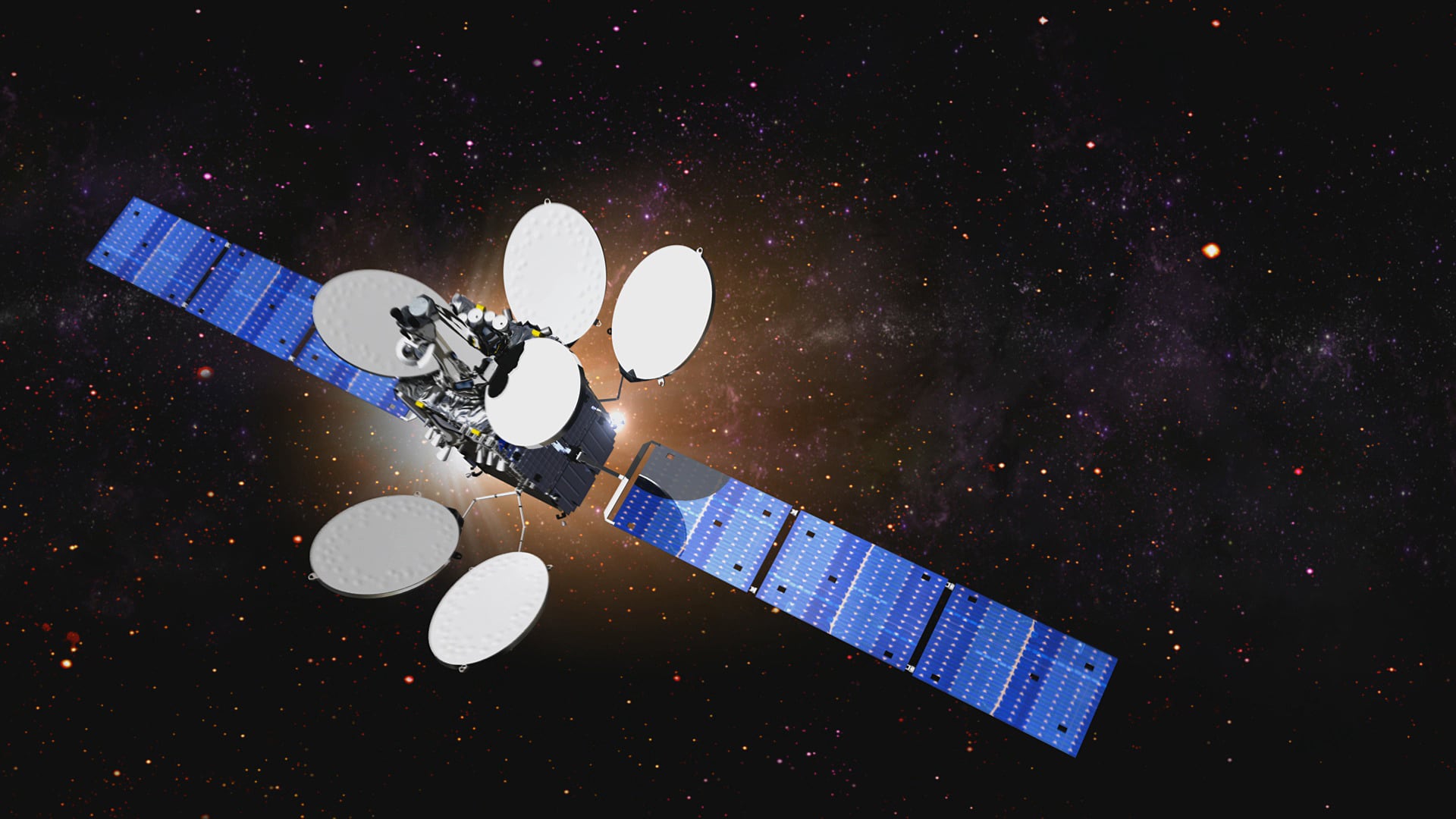WASHINGTON – When Congress appropriated nearly $600 million for the U.S. Air Force to buy two new wideband communications satellites, the move came as a surprise to commercial satellite operators who had been hoping for more government business.
Industry officials, such as Skot Butler, the president of Intelsat General Corporation, see the move as a Band-Aid for the Pentagon’s bandwidth needs over the next few years. But Butler is also optimistic about the long-term opportunities for commercial satellite operators to work with the Department of Defense.
For starters, the satellite terminals the Army uses for the Air Force’s Wideband Global Satcom system are not designed to be small in size, weight and power. That can cause problems for ground forces who are hoping to be able to set-up and move communications outposts quickly. Commercial satellite operators now routinely use smaller terminals.
In addition, the advancements of high-throughput satellites, like the Intelsat EpicNG family of satellites, allow for military drones to do more and help soldiers on the ground receive more data, more quickly as they move through the battlefield. This can be critical as military leaders often say they want increased situational awareness.
But Butler said he would like to see Congress and the Defense Department codify commercial wideband satellite bandwidth into the Pentagon’s annual spending plans. DoD has relied on commercial satellite operators for years for coverage in specific areas or to augment government offerings. A new program of record like the one Butler proposes could cover the costs of potential experiments and demonstrations to help smooth out the acquisition process moving forward.
It would also provide commercial satellite operators an opportunity to invest for future government needs and give Pentagon leaders peace of mind that they will be able to get the coverage they need.
“There wasn’t a clear answer, and this was a way to buy some time,” Butler said of the appropriation. “If we know we’re part of their long-term solution, it really helps us” make investments for future government needs and to meet specific requirements.
Already, Intelsat has been investing in ways to make it easier for drones to switch between satellite beams and for their satellites to become more resilient to jamming.
Congressional and DoD leaders have been hesitant to fully commit to a plan about how they will use commercial satellite bandwidth in the future. Part of that is due to a long-running Pentagon study, known as the Analysis of Alternatives, that examines the DoD’s future communication needs. That study is expected to wrap up this year.
In addition, because the Defense Department needs to recapitalize several of its other major satellite programs at the same time, there is a school of thought that delaying a decision on the future of wideband satellite communications could delay some financial pain.
But Butler says government leaders need to decide on a satellite architecture — perhaps one made up of both commercial and government satellites, perhaps one with hosted payloads where government sensors are attached to commercial satellites, or perhaps one in another form — to help ensure industry and government can provide the best services.








